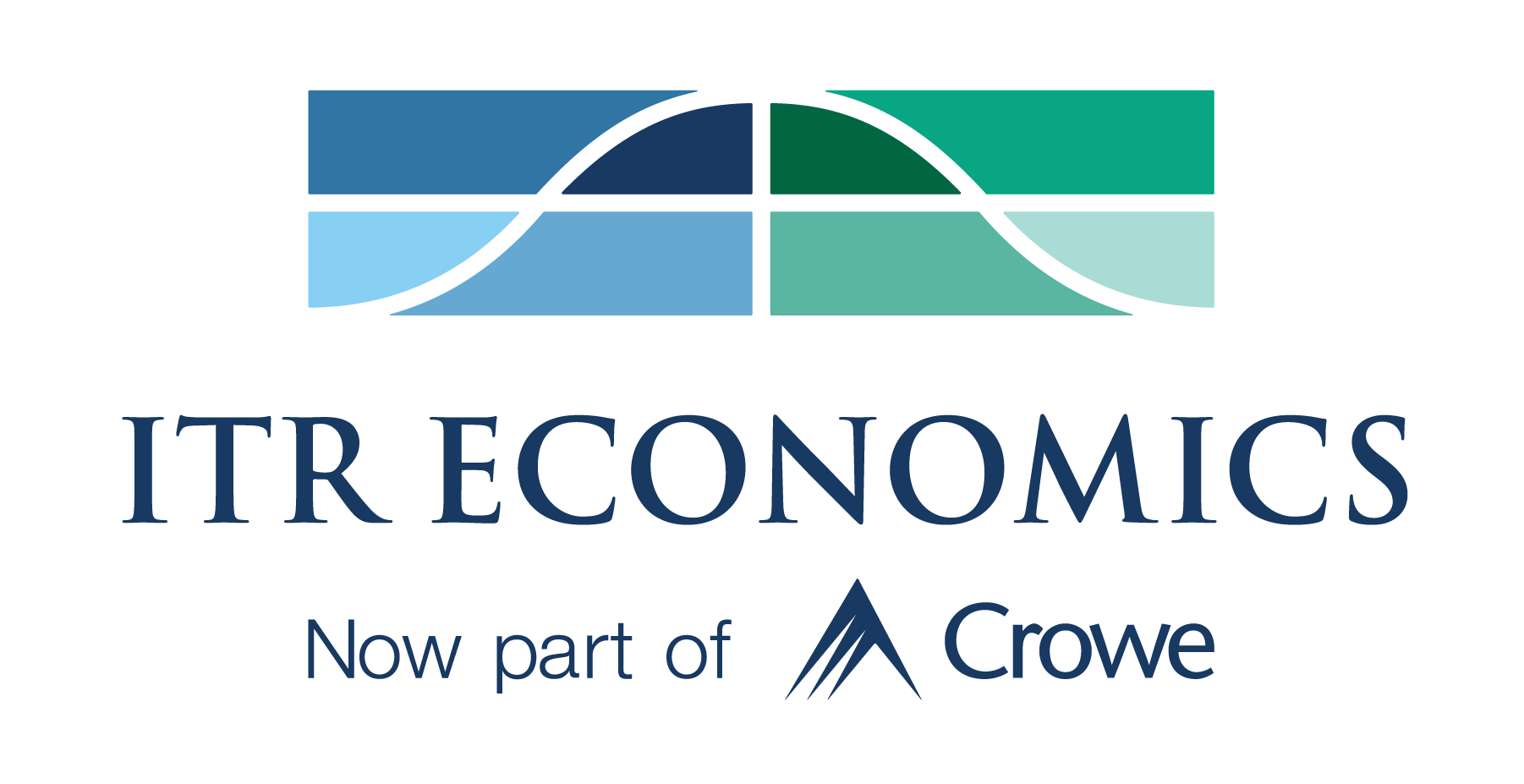- Mon - Fri: 8:30 - 5:00
- +1-603-796-2500
- ITR@itreconomics.com
July 28, 2023
- Home
- portfolio
- TrendsTalk
- July 28, 2023
with Taylor St. Germain
OIL PRICES FORECAST
Does ITR Economics have any concerns about the oil industry over the next four quarters? Find out in a new episode of TrendsTalk as ITR Economist Taylor St. Germain highlights our forecast for oil prices and details what it means for the economy.
The below transcript is a literal translation of the podcast audio that has been machine generated by Rev.
Hi everyone. My name’s Taylor St. Germain, an economist with ITR Economics, and welcome to this edition of Trends Talk. Today I wanted to discuss oil prices, our forecast for oil prices, what it means for the economy, and any concerns that we have as it relates to oil as we look out over the next four quarters and deeper into 2024. I wanted to begin today by discussing our oil price forecast. It’s one of our Trends Report series. For those of you that subscribed to the Trends Report. We forecast commodities out four quarters, so I have a four quarter oil price forecast to share with you today. When we look out over the next four quarters at West Texas intermediate prices in particular, we see prices trending in the low $70 range with some downside bias.
We do expect a mild recession in the US industrial economy and with a mild recession that typically means weakening demand for the overall oil sector. That’s one of the reasons I say downside bias in terms of our directional movement of our oil price forecast. But it’s really looking quite flat as we look at the remainder of this year in terms of staying in that low $70 per barrel range. I’m going to come back to why that low $70 barrel range is important as it relates to break even prices, but just a few notes.
In previous cycles, oil prices have declined. Many of you might remember ’15 and ’16. That was an industrial recession in which oil prices dropped below $30 per barrel. We certainly don’t see that as of right now in terms of our oil price outlook. Supply cuts from the OPEC+ countries have been helping keep these oil prices elevated as of late. Those supply cuts from the OPEC+ countries have been keeping prices above that $70 per barrel mark. Those countries benefit from higher oil prices in terms of their economic growth. So there’s certainly an incentive there for those countries to keep cutting production. However, we need to continue to stay up to date with what’s going on in OPEC because things can change very quickly in terms of their decisions as it relates to cut or increased production. So just summarizing that, production cuts from the OPEC countries have helped keep this price elevated around that $70 per barrel mark.
We have been seeing a situation where demand has been out has been outpacing, exceeding supply, which is also key in keeping oil price elevated. However, in the recent months, we did see a little bit of a flip in terms of that relationship where we’re now seeing some supply outpacing the demand. Now that’s indicative of a slowing macroeconomic environment. So all in all, we do see this macroeconomic slowdown, this mild industrial recession that ITR has forecasted for 2024 contributing to some softening in demand for oil.
However, that $70 per barrel mark is an important level. Really anything above that mid-$60 mark is an important level for oil producing organizations out there. And you might be asking why. Well, the Dallas Federal Reserve does a really interesting survey on a monthly basis. It’s their fed energy survey, and they ask a question, and their question is, “In the top two areas in which your firm is active, what West Texas intermediate oil price does your firm need to profitably drill a new well?” And the Eagle Ford basin all the way to the Permian basin and some in between suggests between $56 per barrel and $66 per barrel. So what does that mean? That means in order to profitably drill a new, well, these organizations, depending on which basin they’re operating in, need higher than $56 to $66 per barrel. So our oil price forecast as of right now is good news for them in terms of being able to profitably drill new wells.
Now, should we see a situation where OPEC decides to significantly increase production and see more downside pressure on prices than what we’re currently expecting, the Dallas Federal Reserve also asks another question: “What price does your firm need to cover expenses for existing wells?” And this goes to show how resilient our oil industry in the US has become, because those numbers are much lower. Typically, between $29 per barrel and $45 per barrel is what organizations producing oil here in the US need to cover existing wells. So of course, it’s much higher in terms of break even prices to be able to drill new wells versus being able to operate existing wells. And again, I think that’s, that’s really shows how resilient our oil industry has become in terms of dealing with these highly volatile, fluctuating oil prices.
So all in all, we’ll continue to keep our eyes on OPEC and the decisions that they make. We’re watching the Russia/Ukraine situation closely given Russia is one of those major oil producing countries out there. But right now we see oil prices remaining at a level that’s profitable for drilling new wells. That’s good news for a mild recession. That’s good news for the organizations operating here in the US producing oil and looking to drill new wealth. I hope you found this helpful. My name’s Taylor St. Germain with ITR Economics. Thanks for joining me on this episode of Trends Talk, and I’ll see you on the next one.




